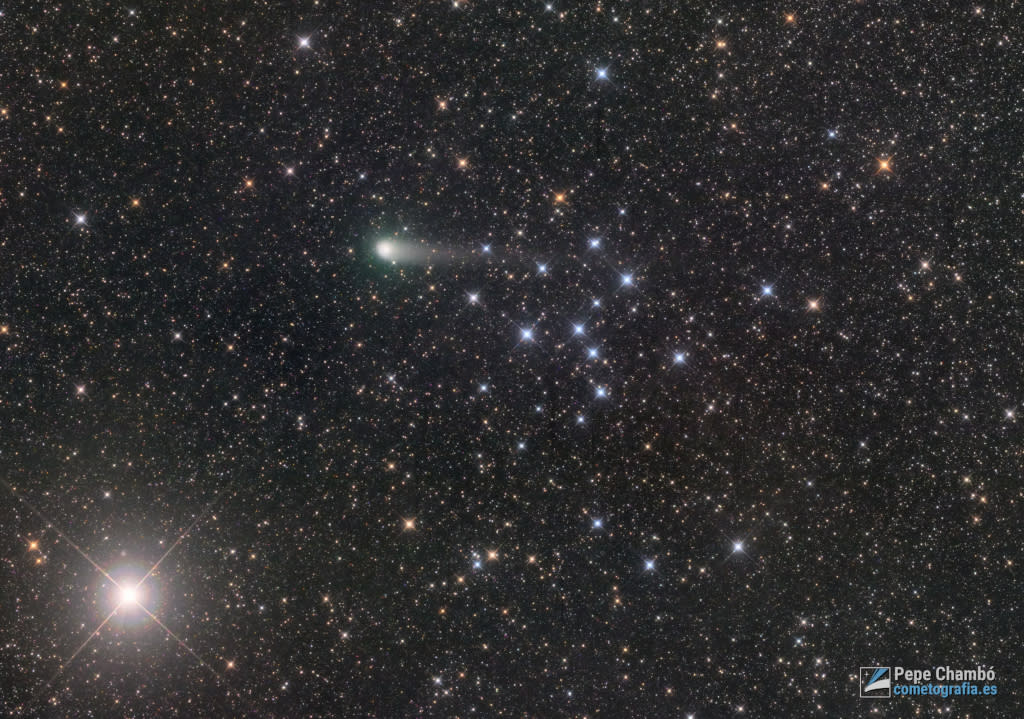Huge 11 mile-wide comet to pass Earth next week

A huge 11 mile-wide chunk of ice which was the furthest-out active comet ever spotted in our solar system is hurtling towards Earth and will make its closest pass next week.
The comet, known as C/2017 K2 (PANSTARRS) or K2, has travelled for up to three million years from the distant Oort cloud at the edge of the solar system.
Spotted in 2017 by the Hubble Space Telescope, it will make its closest approach to planet Earth on July 14 and closest approach to the Sun this December.
The comet is now visible in small telescopes.
The comet, called C/2017 K2 (PANSTARRS) or "K2", has been travelling for millions of years from its home in the frigid outer reaches of the solar system, where the temperature is about -262C.
Read more: What are fast radio bursts, and why do they look like aliens?
The comet's orbit indicates that it came from the Oort Cloud, a spherical region almost a light-year in diameter and thought to contain hundreds of billions of comets.
Comets are the icy leftovers from the formation of the solar system 4.6 billion years ago and therefore pristine in icy composition.
When it was spotted in 2017, David Jewitt of the University of California, Los Angeles said,
"K2 is so far from the Sun and so cold, we know for sure that the activity — all the fuzzy stuff making it look like a comet — is not produced, as in other comets, by the evaporation of water ice.”
"Instead, we think the activity is due to the sublimation [a solid changing directly into a gas] of super-volatiles as K2 makes its maiden entry into the solar system's planetary zone. That's why it's special. This comet is so far away and so incredibly cold that water ice there is frozen like a rock."
Read more: Telescope detects 100 mysterious radio signals from billions of light years away
You’ll need a small telescope to spot the comet this summer.
NASA solar system ambassador Eddie Irrizary told EarthSky, “Although it appears to be a large comet, it will probably remain a telescope object because it will pass some 168 million miles from Earth.”
“It should brighten to magnitude 8 or even 7, still too dim for the unaided eye. But you can easily spot an object of this magnitude in a small telescope. The darker the skies, the better the contrast will be.”
Watch: Top astronomy events for July '22


